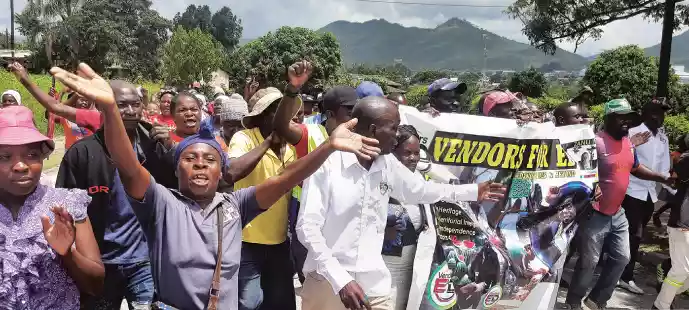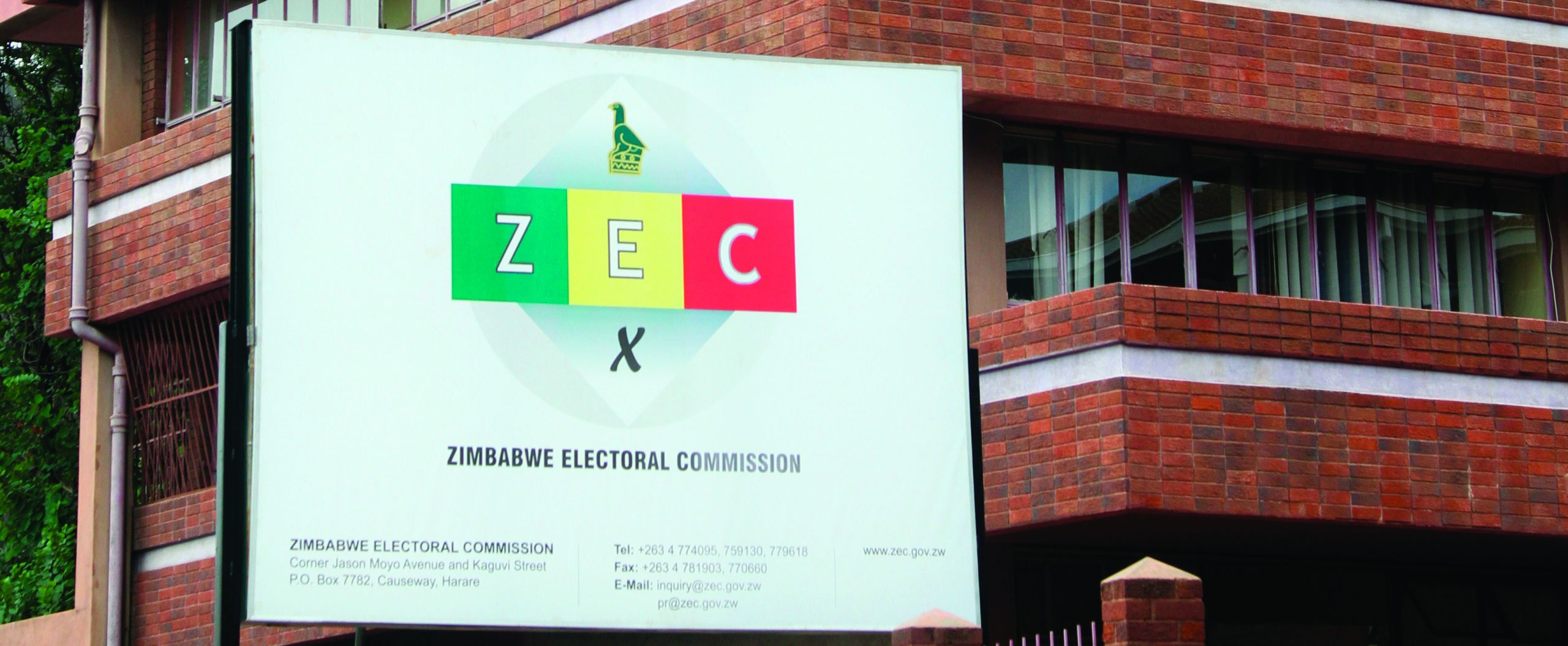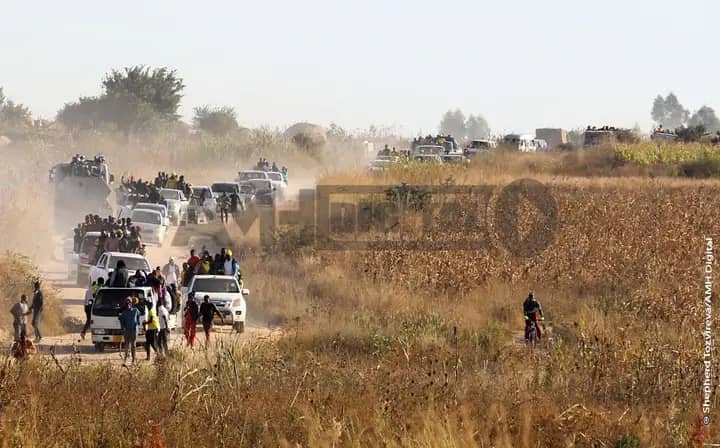
BINGA district continues to hog the limelight for all the right reasons within the tourism fraternity whose facilities are now ripe for full utilisation by both local and foreign visitors.
travelling & touring,with Burzil Dube
Spin-offs from hospitality ventures in the district are still a far cry as tourism promotion is yet to gather the proverbial momentum.
However, the situation on the ground indicates some activity from travelling and touring enthusiasts with most of them interested in the Tonga way of life.
To the uninitiated — Tonga is a tribe, which is predominantly found in Binga and Kariba, believed to have migrated from Zambia and finally settling along Zambezi River in northwestern Zimbabwe. Others remained on the northern side of the river.
Talking of the Tonga way of life, Yours Truly was this week supposed to dwell on how the Tonga Museum in Binga came into being after initially being pencilled for construction in Hwange.
As a follow-up to exaltations in last week’s piece concerning the above mentioned museum, today there will be a slight “digression” after coming across some literature dwelling on BaTonga history.
The literature extols this particular tribe as a force to reckon within the hospitality industry.
- Chamisa under fire over US$120K donation
- Mavhunga puts DeMbare into Chibuku quarterfinals
- Pension funds bet on Cabora Bassa oilfields
- Councils defy govt fire tender directive
Keep Reading
Thanks to African Hunter magazine. As the name suggests, this tourism publication is mainly centred on hunting safaris and other related news stories in and around Southern Africa.
The publication is a must for those whose pastime is travelling and touring.
In the African Hunter (Volume 16 No 3-2010) there is an insertion on the symbiotic relationship between the BaTonga (read Tonga) and Lake Kariba.
This captivating piece was written by I J Larivers under the banner African Perspectives- Memories of the Pastextensively dwelt on how the Tonga tribe was displaced during construction of Kariba Dam.
This gave way to the establishment of the iconic and world’s largest man-made water reservoir by capacity. It would later become a major tourist attraction feature that encompassed some parts of Binga district. All this is courtesy of Zambezi River, which flows and passes through this particular district.
However, Yours Truly will somehow provide an abridged version of Larivers’ well-documented and interesting article on some Tonga historical background.
And here we go.
Man is the only animal on earth that has the ability to moderate his own environment by design. The creation of an engineering marvel such as Kariba did have a tremendous positive influence on developing infrastructures of Rhodesians. This was also bound to have other consequences- for indigenous tribes, who lived along the Zambezi River, for the wildlife and for the very geography of the basin.
Closure of the proposed Kariba Dam by design and necessity would come about shortly before the rainy season. This was to take the fledgling lake a couple of years to fill up and its estimated 2 000 square mile potential.
The water’s inexorable rise would first and foremost affect local BaTonga tribes, who numbered an average of 50 000 in 1958.
Construction of the dam began in 1956 and was completed in 1959, which culminated in displacement of mainly Tonga and other tribes who were living along the river.
The lake’s eventual foreshore was not a question of guesswork, but had been precisely demarcated before completion of dam construction whose scope of the task ahead was well appreciated.
Apart from a small conglomeration of Makorikori (Makorekore) tribe near the gorge itself, the Zambezi valley was home to BaTonga as well as Nyaminyami their mystical God.
Their ancestral land was destined to be “doomed” by white tribe, sculpting their timeless world into a new unfathomable land distribution.
Administratively, as they (BaTonga) lived on both sides of the Zambezi River, their welfare involved Southern (Zimbabwe) and Northern (Zambia) Rhodesian governments.
However, these two governments were diametrically opposite as the former enjoyed more autonomy from the British government, that is the colonial master.
The Tonga relocation was rather cumbersome, but they were finally moved to places where some of them are currently resettled even to this day.
They were hunter-gatherers and also tended to farming of millet and other drought resistant crops.
Family structures took precedent over tribal affiliations and inheritance was matriarchal.
Relocation plans were formulated over a two-year period from 1956 to 1958. Logistics were being carefully mapped out with boreholes, dams and roads having been constructed to meet their regular needs.
Yours Truly can safely say that their repositioning was a blessing in disguise as both Binga and Kariba are proving to be a face of the same proverbial coin within the tourism industry.
Further information on this intriguing piece is also found at the Tonga Museum whose construction was made possible by the National Museums and Monuments of Zimbabwe. The edifice is slowly becoming a boon within the tourism and hospitality fraternity.
Till we meet again in the next column.
Comments always welcome on: [email protected] or Twitter@ DubeBurzil










